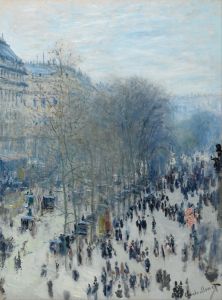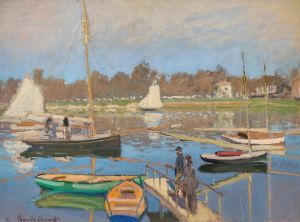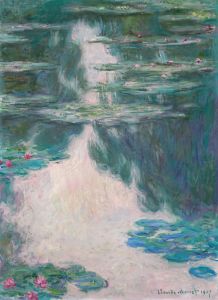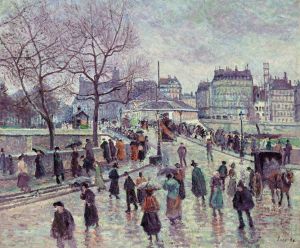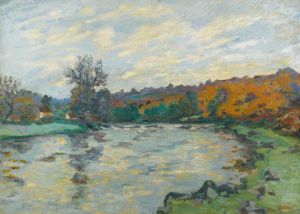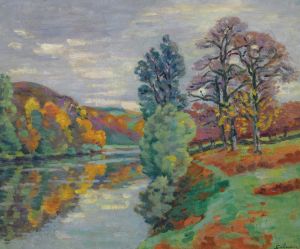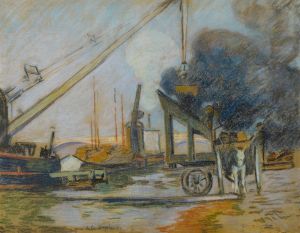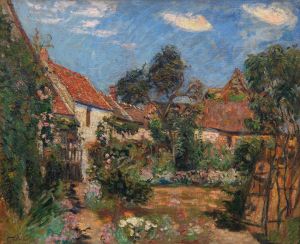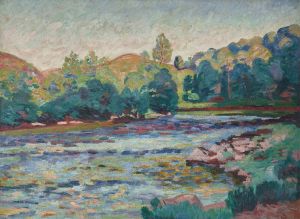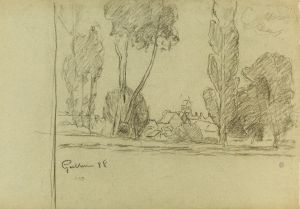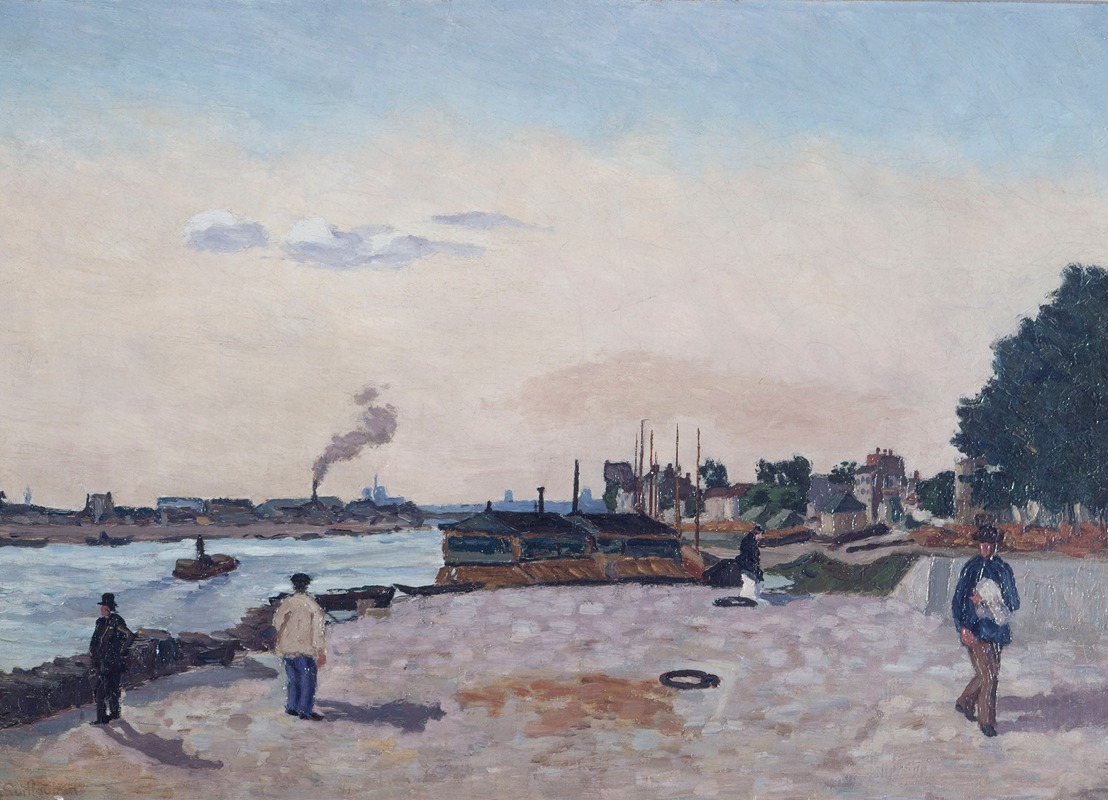
Le quai de Bercy
A hand-painted replica of Armand Guillaumin’s masterpiece Le quai de Bercy, meticulously crafted by professional artists to capture the true essence of the original. Each piece is created with museum-quality canvas and rare mineral pigments, carefully painted by experienced artists with delicate brushstrokes and rich, layered colors to perfectly recreate the texture of the original artwork. Unlike machine-printed reproductions, this hand-painted version brings the painting to life, infused with the artist’s emotions and skill in every stroke. Whether for personal collection or home decoration, it instantly elevates the artistic atmosphere of any space.
Le quai de Bercy is a painting by the French artist Armand Guillaumin, created in 1873. Guillaumin was an important figure in the Impressionist movement, known for his vibrant use of color and his depictions of the French landscape. Born in Paris in 1841, Guillaumin was a contemporary of artists such as Claude Monet, Pierre-Auguste Renoir, and Camille Pissarro, with whom he shared a close friendship and artistic exchange.
The painting depicts the Quai de Bercy, a quay along the Seine River in Paris. During the 19th century, this area was a bustling hub of commerce and industry, characterized by warehouses, factories, and the constant movement of goods and people. Guillaumin's work captures the essence of this lively scene, portraying the interplay of light and shadow on the water and the surrounding architecture.
Le quai de Bercy is notable for its use of bright, bold colors and dynamic brushstrokes, which are characteristic of Guillaumin's style. The painting reflects the influence of the Impressionist movement, particularly in its emphasis on capturing the effects of light and atmosphere. Guillaumin's technique involves applying paint in thick, textured layers, creating a sense of depth and movement within the composition.
The painting is also significant for its historical context. Created during a period of rapid industrialization and urbanization in Paris, Le quai de Bercy offers a glimpse into the changing landscape of the city. The Seine River, a central feature of the painting, was a vital artery for transportation and trade, and the quay itself was a key location for the distribution of goods. Guillaumin's work thus serves as both an artistic and historical document, preserving a moment in the city's development.
Armand Guillaumin's contributions to the Impressionist movement have often been overshadowed by his more famous contemporaries. However, his work has gained recognition for its unique approach to color and light, as well as its depiction of everyday scenes. Le quai de Bercy exemplifies these qualities, showcasing Guillaumin's ability to transform a mundane urban landscape into a vibrant and dynamic composition.
Today, Le quai de Bercy is held in various private collections and museums, where it continues to be appreciated for its artistic and historical value. Guillaumin's legacy as an artist is marked by his dedication to capturing the beauty of the natural and urban environments, and his work remains an important part of the Impressionist canon.






